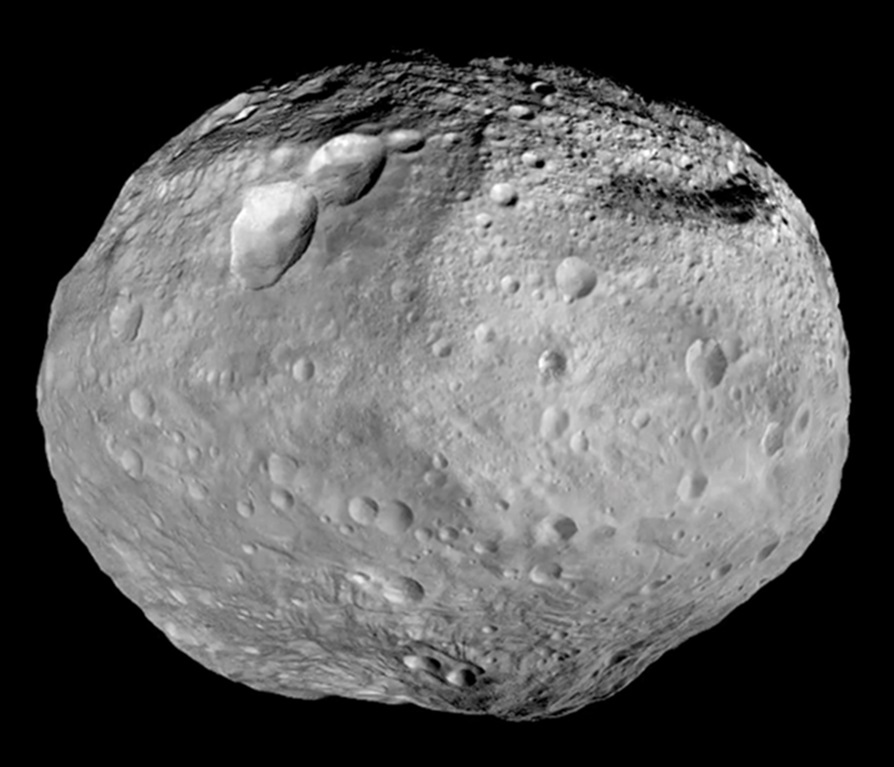Saturnalia Fossa on:
[Wikipedia]
[Google]
[Amazon]
 Saturnalia Fossa is the largest of the series of parallel
Saturnalia Fossa is the largest of the series of parallel
 Saturnalia Fossa is the largest of the series of parallel
Saturnalia Fossa is the largest of the series of parallel Veneneia
Veneneia is the second-largest crater on asteroid 4 Vesta, at 52°S latitude. troughs in the northern hemisphere of the giant asteroid IAU/USGS
(NASA coordinates)
4 Vesta
Vesta (minor-planet designation: 4 Vesta) is one of the largest objects in the asteroid belt, with a mean diameter of . It was discovered by the German astronomer Heinrich Wilhelm Matthias Olbers on 29 March 1807 and is named after Vesta, the ...
. It is estimated to be approx. wide and is at least ; as of early 2012, one end disappeared in shadow and its total length was thus unknown. It is thought to be a shock fractures resulting from the impact that created Veneneia crater, which it is concentric with. It is one of the longer chasms in the Solar System, and is named after the Roman festival of Saturnalia
Saturnalia is an ancient Roman festival and holiday in honour of the god Saturn, held on 17 December of the Julian calendar and later expanded with festivities through to 23 December. The holiday was celebrated with a sacrifice at the Temple ...
.(NASA coordinates)
See also
*Divalia Fossa Divalia Fossa is the largest of the series of parallel Rheasilvian equatorial troughs on the giant asteroid 4 Vesta. It is approximately wide (estimated at its widest point) and encircles "most" of Vesta's equator, or for at least , and is about ...
, the largest of the Rheasilvian troughs.
References
{{Use dmy dates, date=October 2012 Extraterrestrial valleys Geological features on main-belt asteroids Surface features of 4 Vesta